A couple of weeks ago we looked at two impact factors that influence the start direction and curvature of the golf ball. They were the face angle and club path. From that article (The Science of Ball Flight) we know that the club face has the biggest influence on the start direction on the ball and the relationship between the two is responsible for the curvature. Unfortunately, these aren’t the only factors we have to get right! This week we’re going to look at another vital component- The Centredness of Strike. Often overlooked, but centredness of strike plays a huge role in ball flight and may be standing between you and an extra 20 yards off the tee!
Let’s start with the sweet spot
I’m sure this is a term we’ve all heard, used and hopefully have experienced once or twice a round! That feeling when you strike a ball so pure you don’t even feel it leaving the club face. This term is describing what happens when we line up the ball with the centre of gravity (COG) of the club head at impact. When we achieve this centredness of strike we get our maximum potential for that shot. Maximum ball speed for the club head speed produced and the ball will fly exactly how the club face and path have directed it.
Unfortunately, any deviation from this point can influence the ball speed, spin rate, launch angle, direction and curvature. Yep- its pretty important!
Gear Effect
Any deviance of the strike from the COG, we get what is called Gear Effect, which is essentially changes in the ball flight caused by the twisting or deflection of the club head when the ball has not been hit in line with the club heads COG.
Two Types of Gear Effect
Horizontal– This is when the impact deviates from the centre of the face, either towards the heel or towards the toe.
Vertical- This is when the point of impact deviates either up or down on the club face.
Horizontal gear effect- Ball struck in the middle
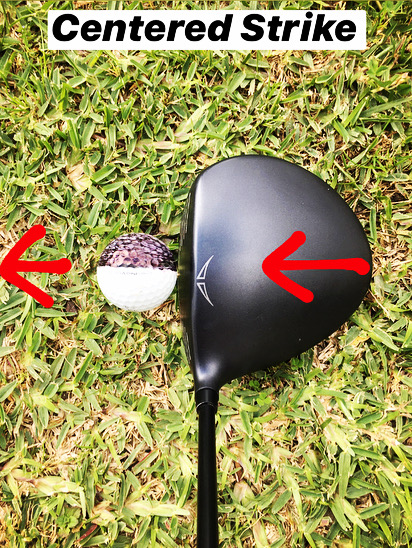
This is the aha moment. Ball performs great and it feels awesome. The ball speed is maxed out and the spin is optimal. (Assuming your driver is fitted correctly!)
Ball struck towards the toe

An impact here causes the toe of the club head to deflect open, and in doing so tilts the spin axis of the ball in the opposite direction, to the left.
When the spin axis of the ball is tilted to the left it will create a draw/hook bias depending on the amount its tilted. We also lose ball speed as the club was unable to deliver the full amount of energy into the ball.
‘Tilts the Spin axis’

Ball struck towards the heel
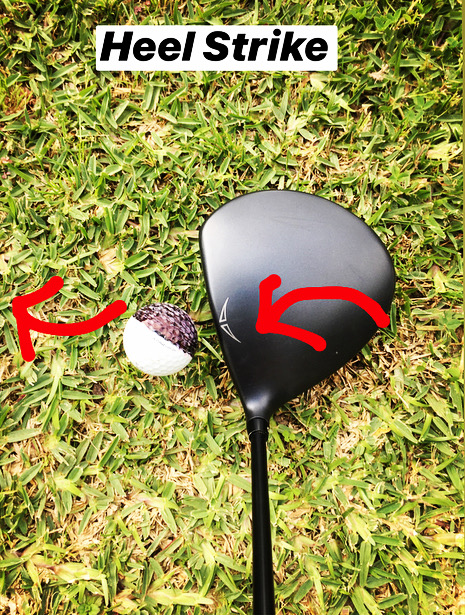
An impact here causes the club to deflect slightly closed. Due to the anti-clockwise motion of the head closing, the balls spin axis is tilted in the opposite direction to the right creating fade/slice bias.
The Gears in Action
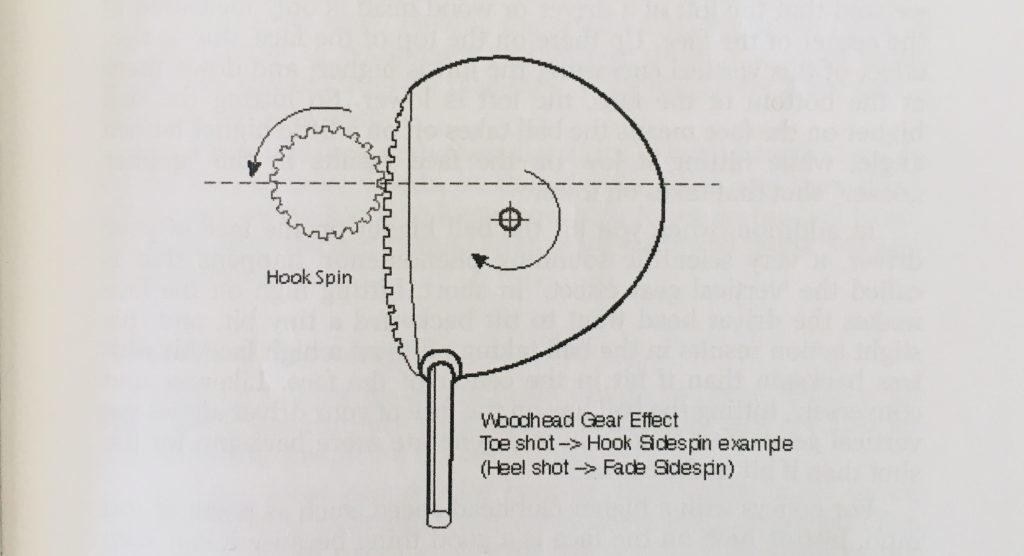
Do I need to Know this?!
Yes! Gear effect in some cases can help us and in other times not so much. Let’s say for example you got your club face and club path to zero at impact. In this scenario we would expect a straight shot. (Check out The Science of Ball Flight for more on this) But if the impact location was slightly towards the heel, due to the gear effect the balls spin axis will tilt to the right and it will finish right of target. A player may in this scenario wrongly assume their club face was open and begin changing their technique. Because of this, identifying your strike location should always be the first step when diagnosing your ball flight.
You may begin to change technique when you don’t have to…
What about striking it above and below the COG
When we deviate up or down from the COG we’re looking at the vertical gear effect. This influences launch angles and spin rates which will affect our potential for distance.
Ball struck below the COG
An impact here will cause the club head to de-loft. This will launch the ball lower and increase the spin on the ball. This can be beneficial in wedge play for example. By striking the ball lower on your wedge you can produce a low trajectory high spinning pitch. Impressive.
Ball Struck above the COG
An impact here will cause the club head to tilt backwards launching the ball slightly higher and will reduce the spin. This can be beneficial for the player looking to launch it higher with a reduced spin rate. Think driver!
This is a Big Deal
The effect strike location has on your distance and accuracy must not be underestimated. I’ve had students increase their distance upwards of 20 yards by optimising their strike location. Energy transfer, spin rates and launch angle are all a part of that formula.
I hope that gives you a good idea of the importance strike location plays. Towards the end I’ll give you some ways to work on this aspect of your game because if its an area you haven’t explored there could be bucket loads for distance sitting there waiting for you!
But before we go there, I think we should quickly point out the difference Gear effect will play between your irons and woods.
Why your Drivers Club Face isn’t Flat
The COG is further away from the front of the face on a driver than an iron. This is just down to the size difference of the club head. But because if this, it means Gear effect will influence your woods (especially your driver) a lot more than your irons. So much so that it is the reason behind the whole design and shape of your driver. You may or may not have wondered at one point or another, why the front of your driver isn’t flat. If you look down at your driver from above, you’ll notice the club face is curved from heel to toe. This is called the ‘Bulge’. Next, look at your driver from the side and you will notice the face is also curved from top to bottom. This is called the ‘Roll’.
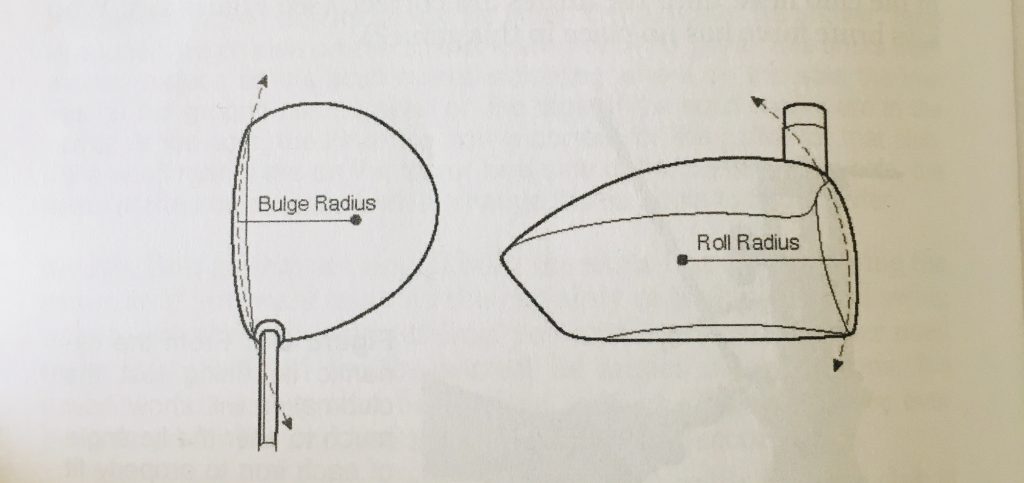
The Bulge
The club head is specifically designed in this way to balance out the curving of the ball due to gear effect. Due to the bulge on the driver it means the toe of the club face is pointed right and the heel is pointed left which helps to offset the gear effect. For example if you hit it out of the toe, it will help start the ball further right before it curves left. This helps to minimise the miss. The same is true for the heel.
The Roll
By looking at the bottom of your driver you will see that there is a loft stated. Lets say it has 10 degrees of loft. Well that driver’s loft is only 10 degrees, in the middle of the club face. If you go up the face the loft increases and below the middle the loft decreases. Catching the ball slightly above the COG has its benefits for the player looking for a higher launch angle with a lower spin rate. Sounds like one of Rory’s drives! Conversely, be careful teeing the driver too low into the wind. By catching it below the COG it will launch lower however it will increase the spin. Remember, spin in the wind, is not our friend.
Irons not so much
All of the above happens a lot less on irons due to the COG being a lot closer to the front of the club face with the smaller head design. The more loft on the club will also minimise are ability to tilt the spin axis. That’s why its much harder to shape a pitching wedge than it is a 6 iron!
That may have been a lot to take in so lets summarise…
- We now know that hitting the ‘sweet spot’ means we lined the COG of the club head and the impact location up perfectly.
- We discovered what happens when our strike deviates from the centre of the face. This helps us diagnose our ball flight correctly.
- Horizontal gear effect influences the spin axis and therefore direction.
- Vertical gear effect influences spin rate and launch angle and therefore distance.
- We know just how important these factors are if we want to maximise distance
- We figured out why our driver is shaped the way it is by exploring the bulge and roll.
Horizontal Gear Effect Summarised
| Centre | No loss in speed or direction |
| Heel | Will but a Fade/Slice tilt on the ball |
| Toe | Will put a Draw/Hook tilt on the ball |
Vertical Gear Effect Summarised
| Centre | Stated loft. Normal spin and Launch |
| Above COG | Higher launch, Lower Spin |
| Below COG | Lower launch, Higher Spin |
Add it to your Practice Schedule
Your first job when it comes to strike location is to figure out your own strike location tendencies. Below is a list of things I’ve used to do this…
- Impact Tape (this is the most common but not always easy to get a hold of)
- Dr. Scholls foot spray. Yes there are no typos here. The foot spray puts a white coat on the driver making it easy to identify strike location.
- Whiteboard marker (make sure its not permanent) Covering the ball in a distinct colour will then show up on the club face.
Once you’ve hit 10-15 balls with your driver you may find you have a pattern on the toe, heel or maybe no pattern at all. Once you’re aware of your tendencies you can begin improving it.
How to Improve it?
There are many things in your golf swing that may be effecting your strike location that will require a PGA Pro to diagnose, however one of the best ways to improve your strike is purely by feedback. Simply by being aware of where you are currently striking it, and being aware of the location you would like to strike it, your body and skill will self organise to achieve this result. This type of practice is very effective in helping improve skill VS technique.
Think of skill this way- If I gave Tiger Woods a club that didn’t fit him and had him stand on one leg he would still find the sweet spot- That’s skill, its something we can all develop and an area we’ll look further into in future articles.
Thats all for now…
Hope you enjoyed the read- Let me know in the comments if you’ve found this helpful or pass it on to a friend who you think needs to hear it!
Until next week,
Onwards and Upwards,
Coach
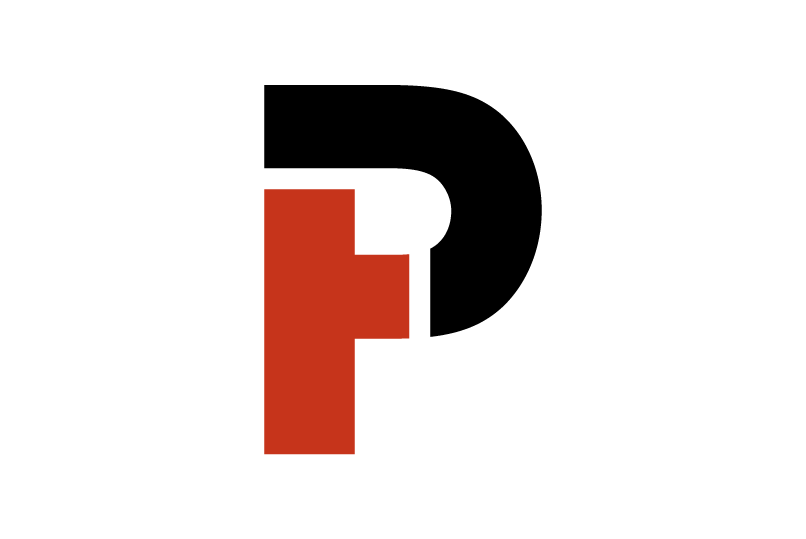
Declan
Phillip Tanham
Sean Flanagan
Phillip Tanham